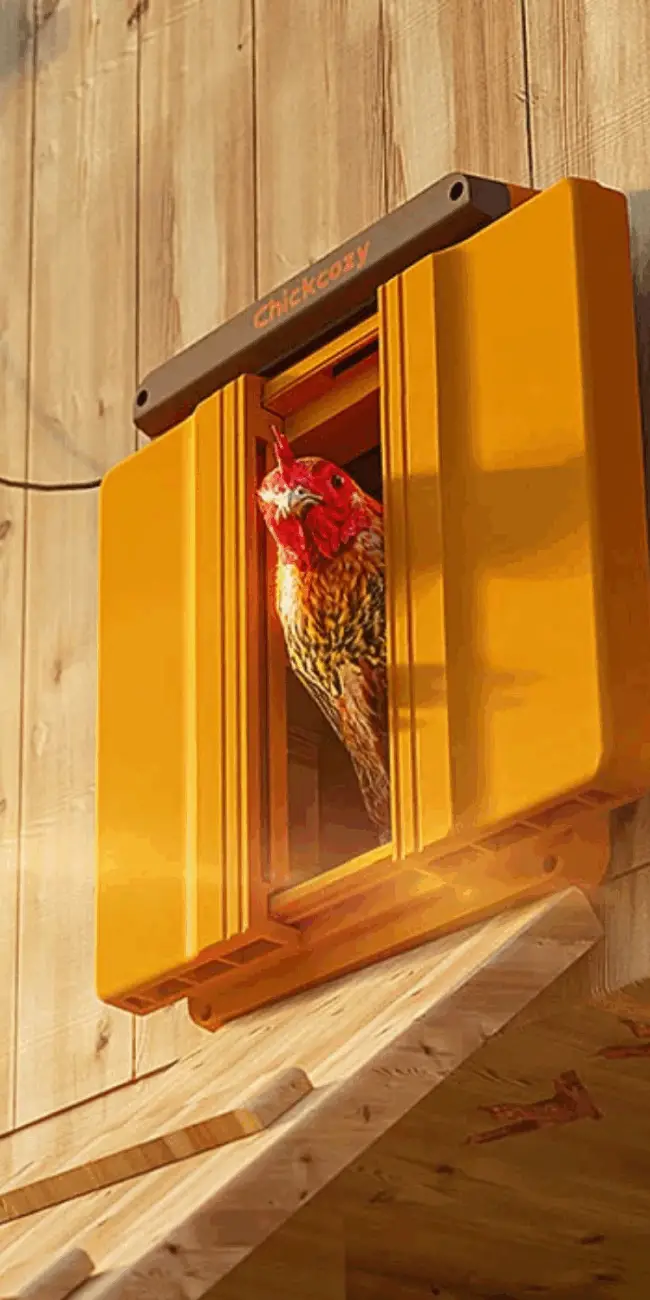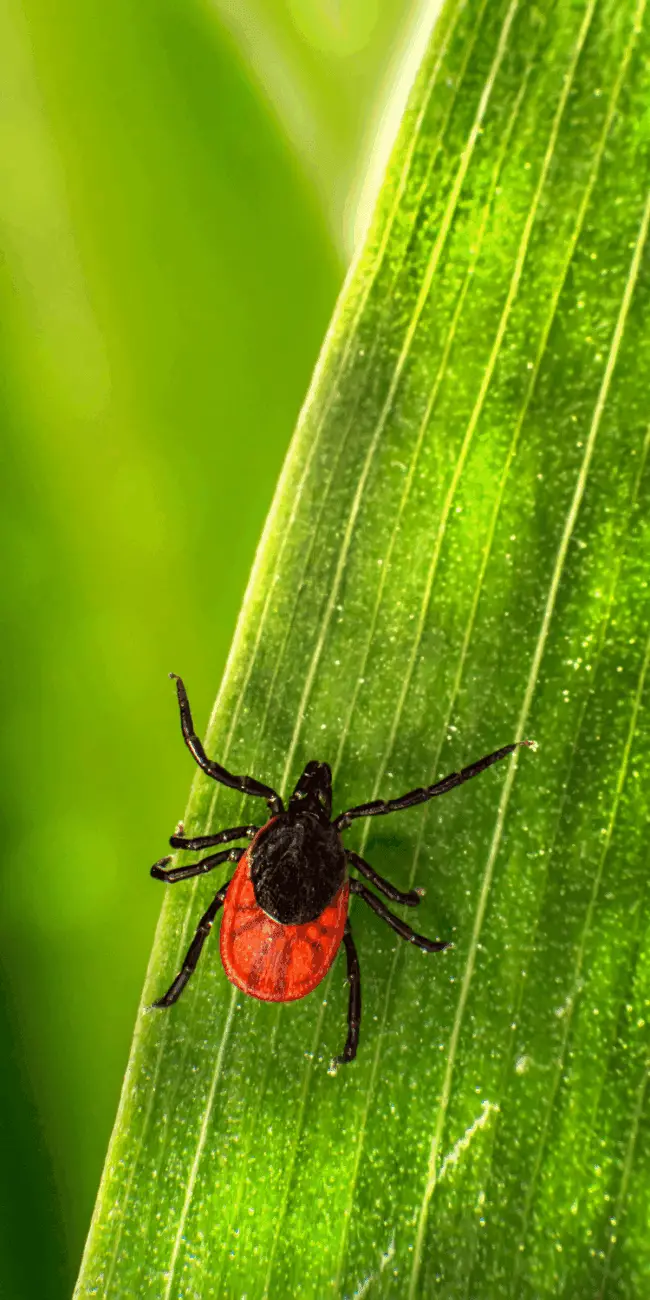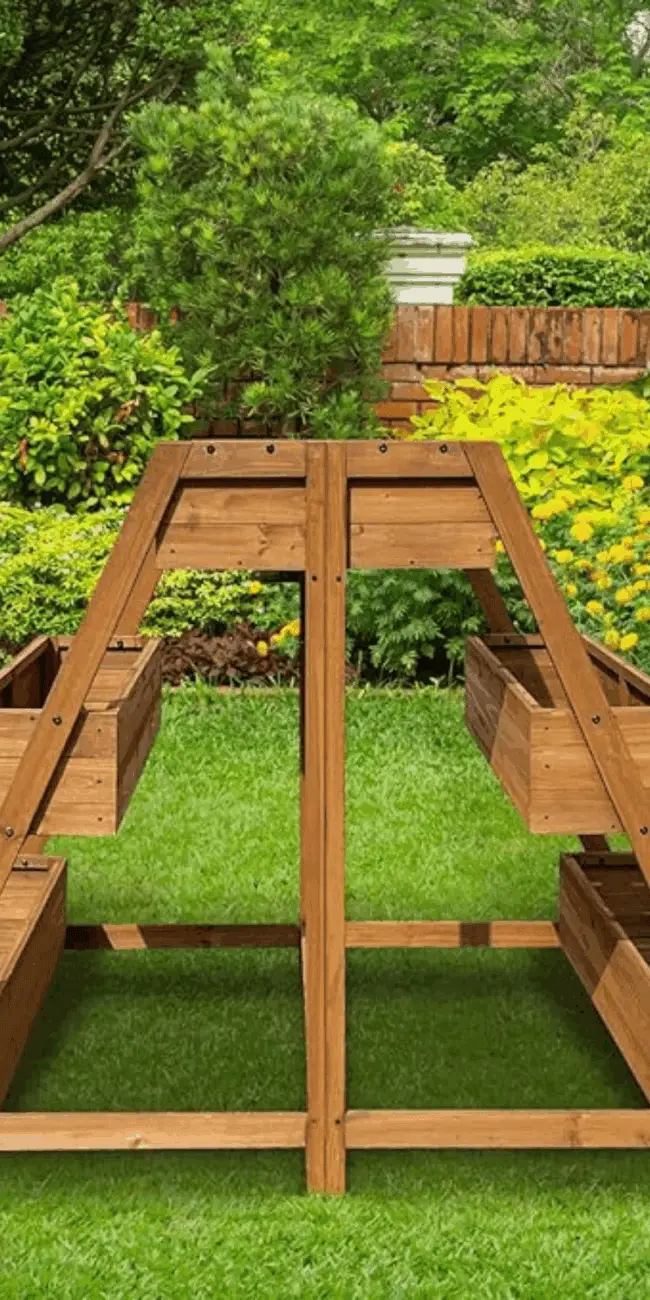Living in harmony with nature and promoting biodiversity can be deeply rewarding. As a homesteader, you have a unique opportunity to integrate wildlife habitats into your property in ways that benefit both the land and its animal inhabitants. With some planning and habitat creation, you can attract various species of birds, insects, and other wildlife that will add beauty, interest, and ecological health to your homestead.
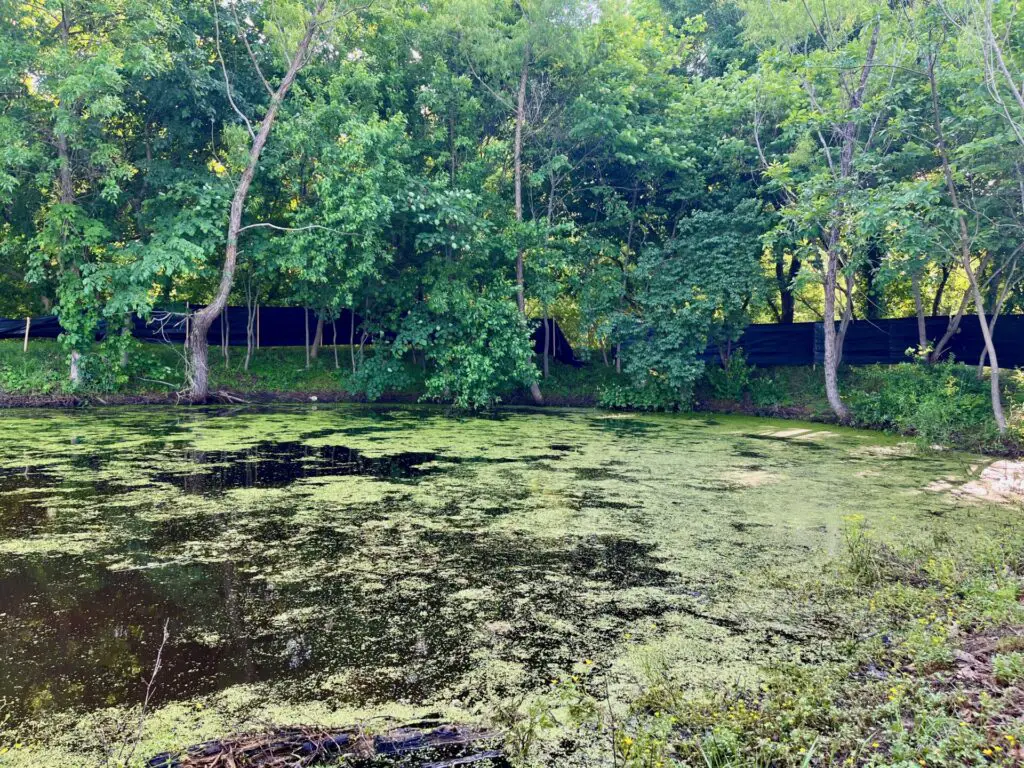
Why Integrate Wildlife Habitats?
There are many benefits to creating and preserving wildlife habitats on a homestead:
- Promotes biodiversity – Different species fill different ecological niches and create a robust, resilient ecosystem.
- Natural pest control – Birds, bats, insects and other wildlife help control problematic insect and rodent populations.
- Pollination – Bees, butterflies, hummingbirds and other pollinators are critical for fruit and vegetable crops.
- Soil health – Burrowing mammals, earthworms and soil microbes aerate soil and recycle nutrients.
- educational opportunities – Wildlife habitats allow children and adults to learn about and connect with nature.
- Aesthetic appeal – Diverse wildlife brings natural beauty and soothing sounds to your landscape.
By providing wildlife with supplemental food, water, shelter and places to raise young, you create habitat oases that support ecological balance.

Getting Started with Habitat Creation
When getting started with wildlife habitat projects, it helps to:
- Identify native plants, animals and pollinators in your region. This allows you to support appropriate species.
- Evaluate your property to see what habitats already exist and how they can be enhanced.
- Provide a water source like a pond, birdbath or seasonal wetland area to attract wildlife.
- Plan for year-round food and shelter resources tailored to animals in your climate.
- Use native plants suited for your region and pollinators wherever possible.
- Group complementary plant species together in clusters.
- Provide safe spaces for wildlife to birth and raise young.
- Minimize pesticide and herbicide use near wildlife habitats.
- Leave dead trees standing and leaf litter on the ground for shelter.
- Limit clearing brush and undergrowth where possible.
- Consider installing nest boxes, insect hotels, bat houses or burrows.
When providing supplemental resources, be sure they are well-maintained so they don’t spread disease between visiting animals.
Habitats That Attract Wildlife
Here are some specific types of habitats you may want to incorporate on your property:
Woodland Habitats
Leaving dead trees, fallen logs, leaf litter, undergrowth and brush provides shelter and food for woodland wildlife from chickadees and woodpeckers to box turtles and cottontail rabbits. Contact your agricultural extension office for guidance before removing underbrush or dead trees.

Meadow Habitats
Meadows with native wildflowers and grasses attract beautiful butterflies and beneficial insects. Allow a section of your landscape to grow unmowed to create a mini meadow. Milkweed and nectar plants support monarch butterflies and pollinators.

Brush Piles
Piling up prunings, small logs and sticks creates hiding and nesting spots for rabbits, chipmunks, small mammals and ground-nesting birds. Place these brush piles near woodland edges.

Water Features
Landscape with water features like ponds, birdbaths, seasonal wetlands or garden waterfalls. Ensure recirculating pumps don’t harm wildlife. Water sources provide habitat for frogs, migrating birds, opossums, raccoons, insects and more.

Nesting Boxes
Install nest boxes for cavity-nesting birds like bluebirds and owls or habitats for bats and insects around your structures. Provider proper dimensions and maintenance to ensure species can thrive.
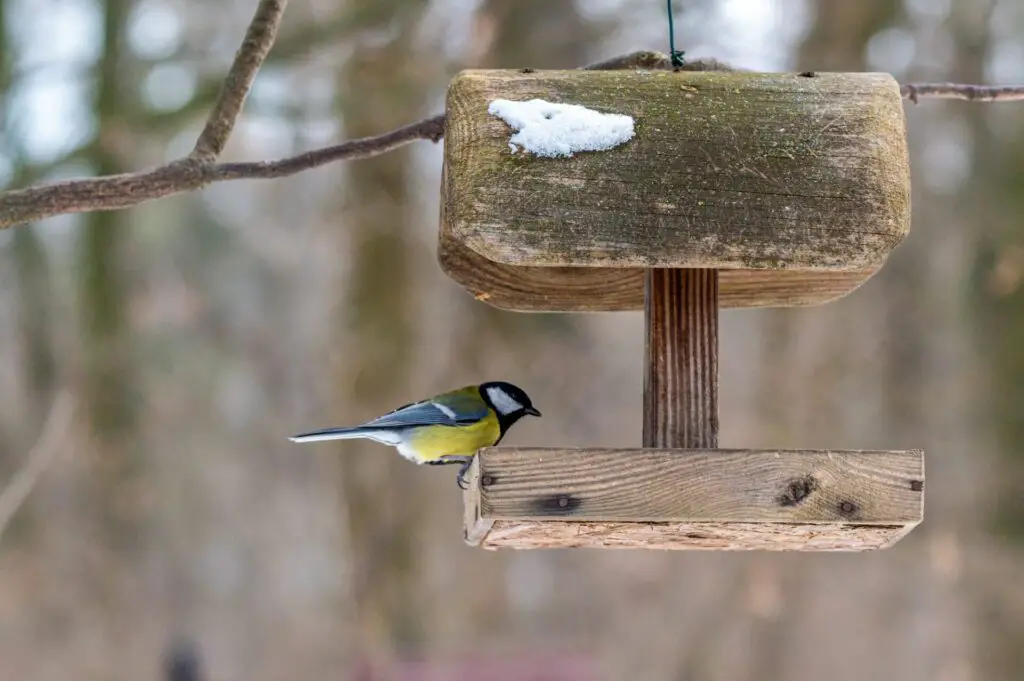
Pollinator Gardens
Plant a garden with native flowering species to support bees, butterflies, hummingbirds and other pollinators. Ensure bloom time from spring through fall and include host plants that caterpillars like monarch butterflies rely on.

Backyard Habitat Certification
Consider certifying your property as backyard wildlife habitat through the National Wildlife Federation. This ensures your yard meets habitat requirements for food, water, cover and places to raise young. THe Waddle and Cluck is a certified wildlife habitat.
Fostering Ethical Coexistence
When living closely with wildlife, be responsible with your interactions. Model ethical behavior for children:
- Do not feed wildlife except birds and pollinators using specialized feeders. Feeding can lead animals to become aggressive or depend on humans.
- Never handle young animals. Rebecca Fay, an avian wildlife rehabilitator, says it is not true that you should avoid handling baby birds, however. She said, “It is an absolute falacy that birds will abandon their babies if you touch them! I was an avian wildlife rehabilitator for 15 years and this is an old wives tale that we are still fighting! Birds have very little sense of smell, you can and should absolutely pick up a baby bird, gloves or no, and put it back in the nest if at all possible. Just wash your hands after handling them.”
- Manage your pets so they don’t harm ground-nesting birds or other backyard wildlife.
- Prevent window collisions with decals or screens during migration periods.
- Use treadle or solar pest traps as humane alternatives to poisons.
- Contact authorities to humanely remove all animals that pose safety risks from your home. Avoid poison or lethal methods that may impact other wildlife.
With attentiveness and care, your homestead can flourish with animal life, supporting the health of natural ecosystems for generations to come. Let wildlife habitats bring more biodiversity, beauty and balance to your landscape.





